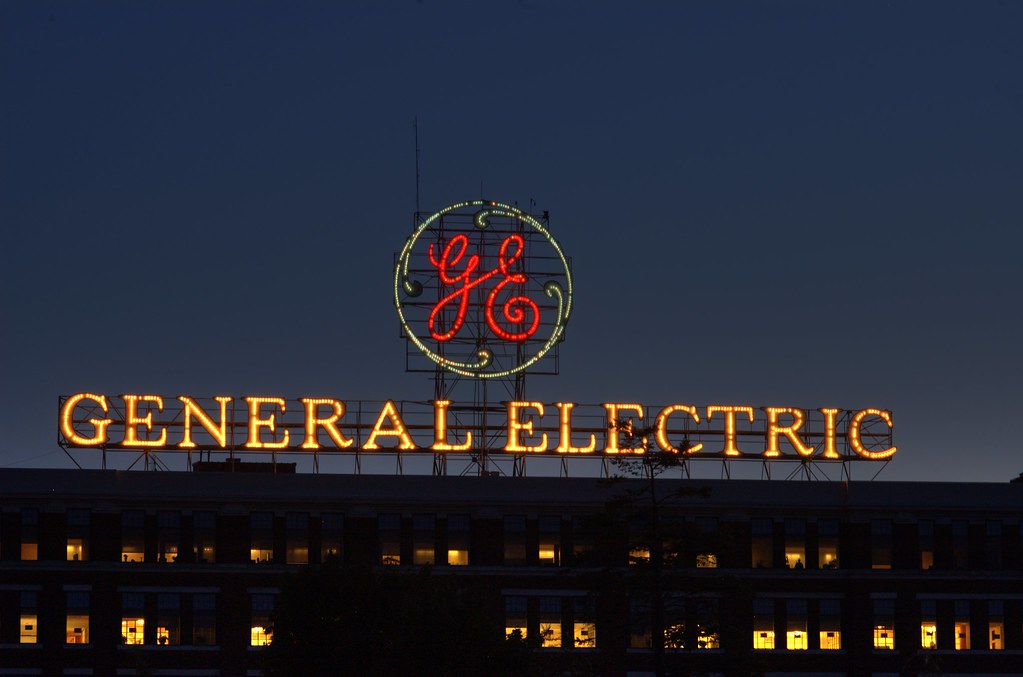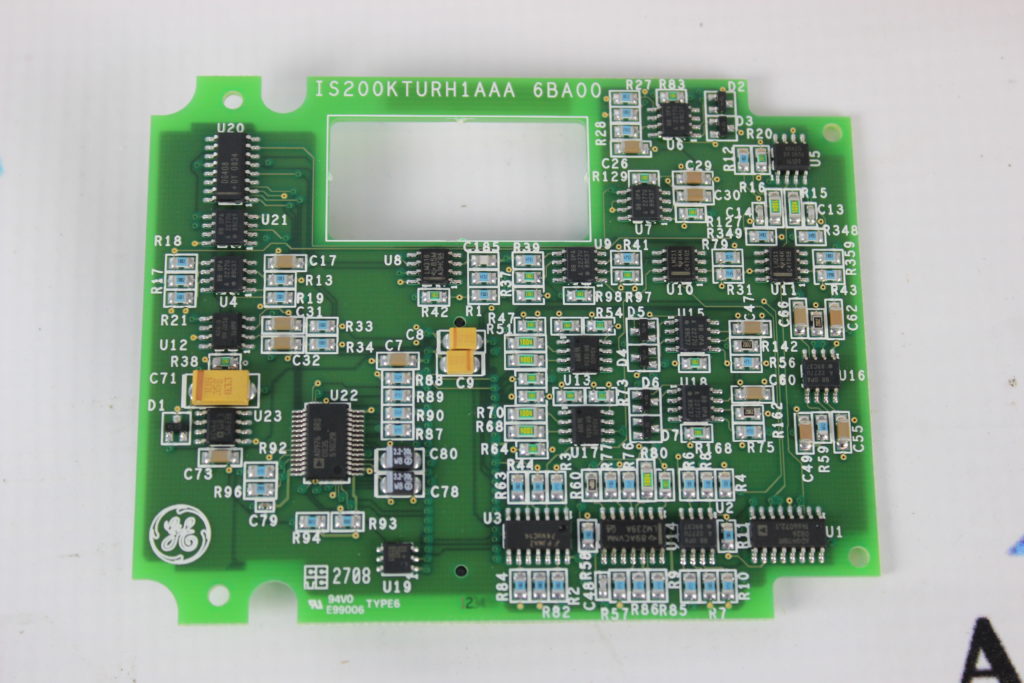
Machine learning applications are everywhere now. Chances are, you’ve interacted with a machine learning application today. Image and voice recognition, medical diagnosis, and data extraction all use machine learning. Your computer uses it. So does your doctor’s office. As the world becomes more complex, machine learning applications are showing up in more sectors.
Why is this?
Machine learning simplifies the complex. That’s what makes it so useful. It can quickly identify patterns in data and make decisions on that data, often without human intervention. It achieves this faster and better than any human could.
Continue reading “Machine Learning Applications: What Can They Do?”


You must be logged in to post a comment.